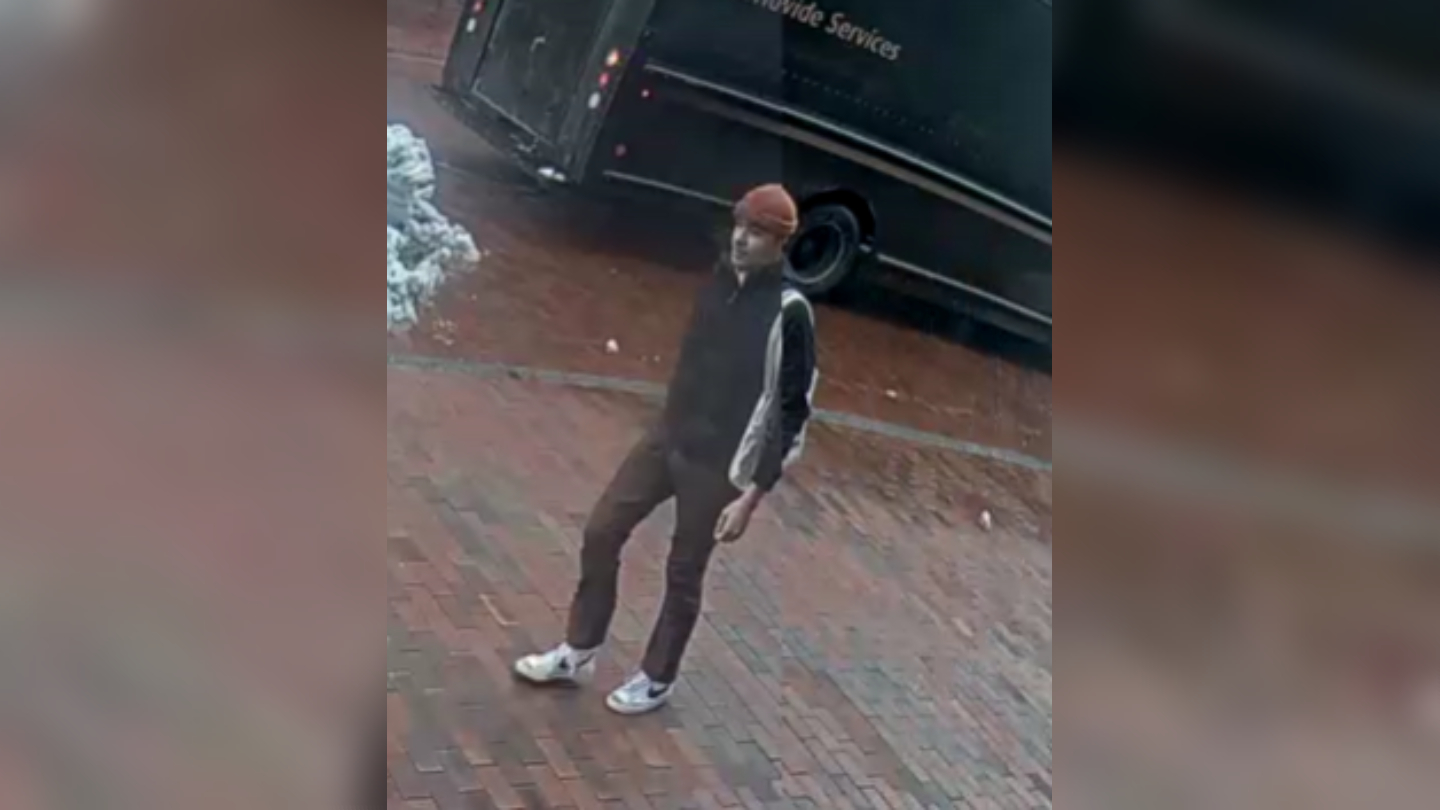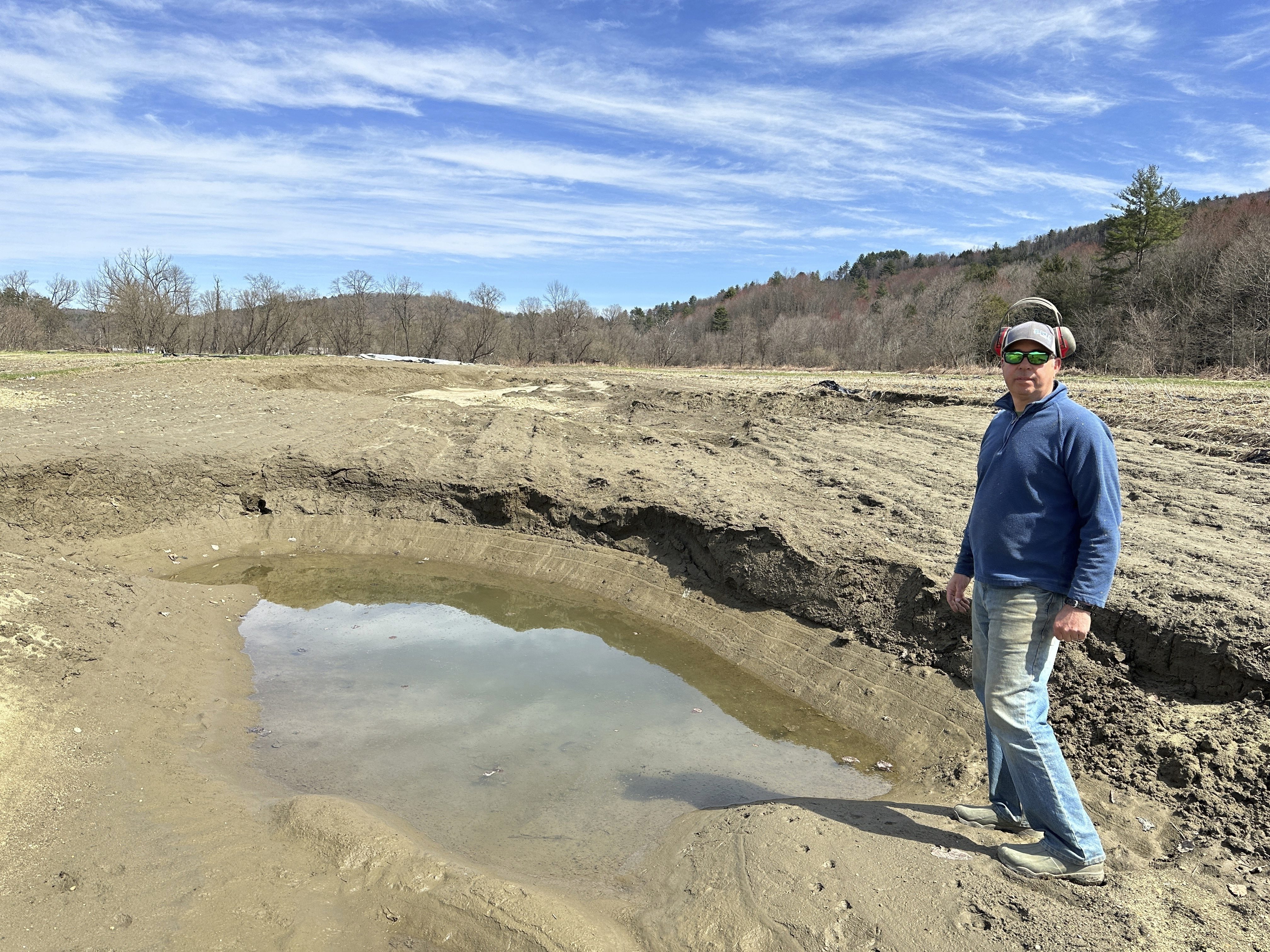A new report, containing recommendations from Vermont’s governor and a panel of advisors focusing on the opioid overdose crisis, charts a path forward for the state—which for several years has been working to help more drug users find long-term recovery.
“This is a full-on problem for our state and our country,” Vermont Human Services Secretary Al Gobeille said of a range of challenges raised by substance use disorder—chiefly, opioid overdoses.
Despite the long road ahead, the new “Building Bridges” report from the Vermont Governor’s Opioid Coordination Council does show promising signs, said Dr. Mark Levine, the commissioner of the Vermont Department of Health.
“There is, effectively, no waiting list for anyone who wants to receive treatment services when and where they want it,” Levine said Thursday at a press conference in Montpelier. “That is a remarkable accomplishment for any state in this country.”
Levine and Vermont’s director of drug prevention, Jolinda LaClair, listed many other signs of progress, including fewer visits to ERs, more patients—including prison inmates—accessing medication-assisted therapy, a decrease in the number of prescription opioids dispensed in the state, an expansion of needle exchanges, and the fact people at risk of overdoses can more easily access the reversal drug naloxone.
“Success will be counted one life at a time,” predicted Gov. Phil Scott, R-Vermont.
The report recommends priorities for 2019 and emphasizes prevention. The council wants to draft education and prevention programs for schools, and to better screen people for substance use disorder—so they can be folded into sustained care sooner.
Vermont
The latest news from around the state
A clear focus on safe recovery networks is also highlighted in the document. Those include supports like recovery-friendly housing and workforce development aimed at encouraging healthier lives after drugs.
The goals of continued state attention on the emergency include cutting the number of fatal overdoses, reducing the number of young children in state custody because of a parent’s drug use, and reducing the number of babies requiring treatment at birth for the presence of opioids in their system, the coordination council said.
Some proposals do require legislative action, Scott noted, like how to spend millions from a recent court settlement with tobacco companies.
“This is not and cannot be a partisan issue,” the governor said. “We are all, truly, in this together.”
“It humanizes the issue in a way it wasn’t before,” Sara Glasgow said when contacted by necn for a response to the report.
Glasgow, who proudly said she is approaching four years in recovery from substance use disorder, now helps others seeking recovery, through her job at the Turning Point Center in downtown Burlington.
After reading some of the prime recommendations in the “Building Bridges” report, Glasgow said she appreciates that they highlight the importance of jobs and peer-to-peer coaching for folks looking to successfully enter recovery.
“Our illness wants us to be isolated and alone, so in early recovery, those connections are hugely important,” Glasgow said.
Levine said numbers to be released next week by the Health Department are expected to show 110 Vermonters died from opioid overdoses in 2018. That’s an increase of two deaths from 2017, he noted.
The health commissioner said the number is proof a lot more work is still needed, but added that he’s encouraged that at least the rate of increase of fatal overdoses has slowed.



